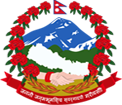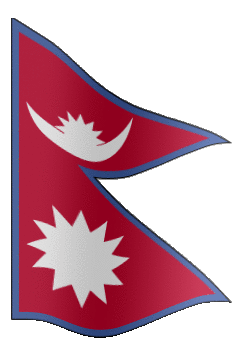Nepal Post is considered as one of the oldest governmental service organizations in the country, which started postal services formally through the post offices for the first time in 1878 AD when it was established. It was called Nepal Hulak Ghar (General Post Office) while it was established. It was started from Kathmandu for dealing with letters from the public. After three years of its establishment, Nepal Hulak Ghar had expanded to 43 post offices in different parts of the country. Customers had to pay the postal charges in cash during those days. The cash payment (postage paying) system was replaced in 1881 after three types of postage stamps of one, two, and three Annas (fraction of Rupee) value were published and brought into use. Similarly, from 1887, post cards of two Paisa (0.02 fraction of a Rupee) value were brought into use.
Postal service is not only an oldest means of communication; it is a basic service easily available to the people including the most backward segment due to its affordability. As the post has had the crucial role in uniting the family, friendship and diversity of the country together, it was the only reliable and dependable means of communications and was deep rooted in Nepalese society until 1950 A.D.
After the termination of Rana regime, with the dawn of democracy in 1951, successive efforts were made for the expansion and development of postal services. By that time, there were 124 post offices in operation. Following the emergence of democratic polity in 1951 this sector deserved greater priority for its development and expansion, and this resulted into fabulous increment having 3,997 post offices altogether.






